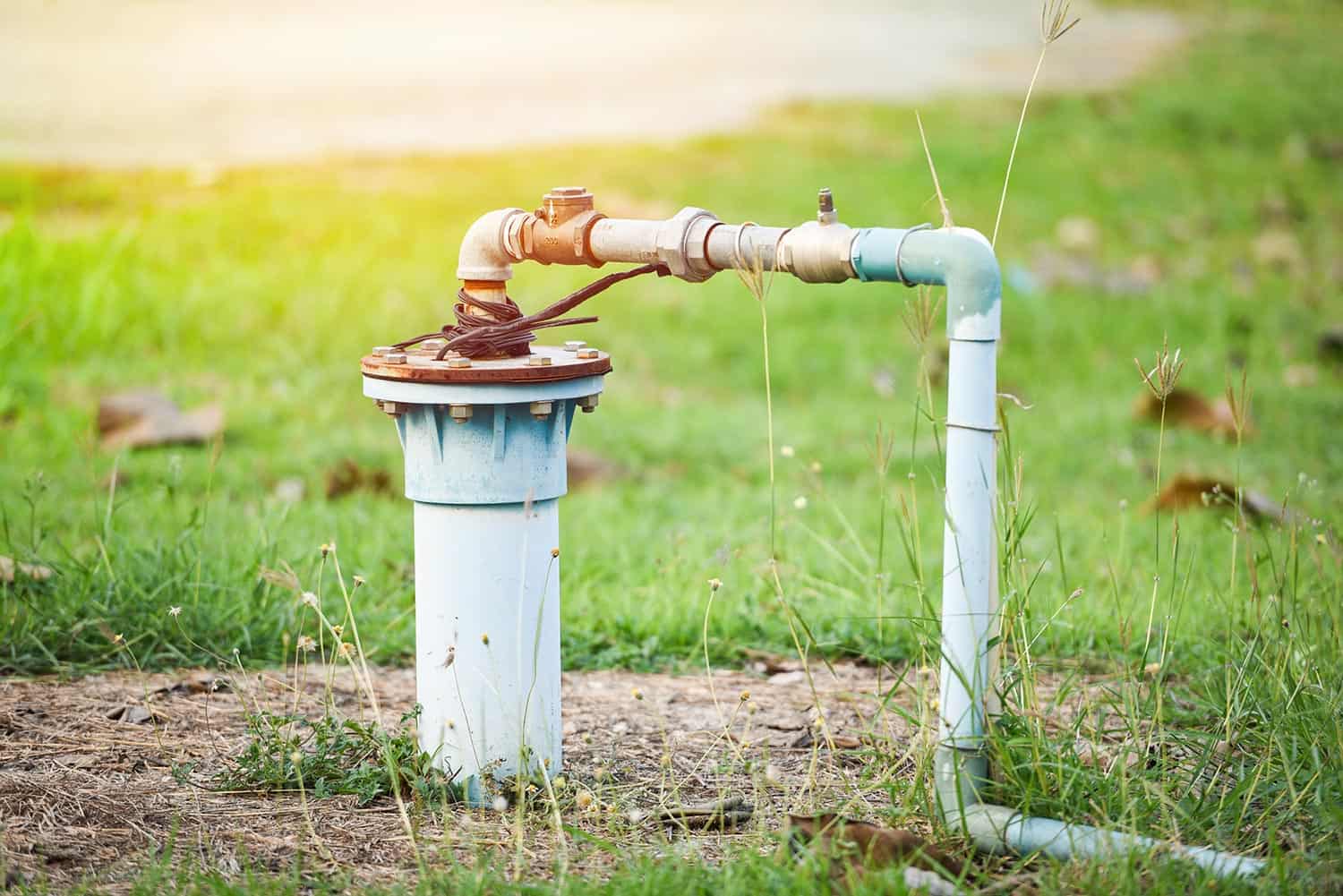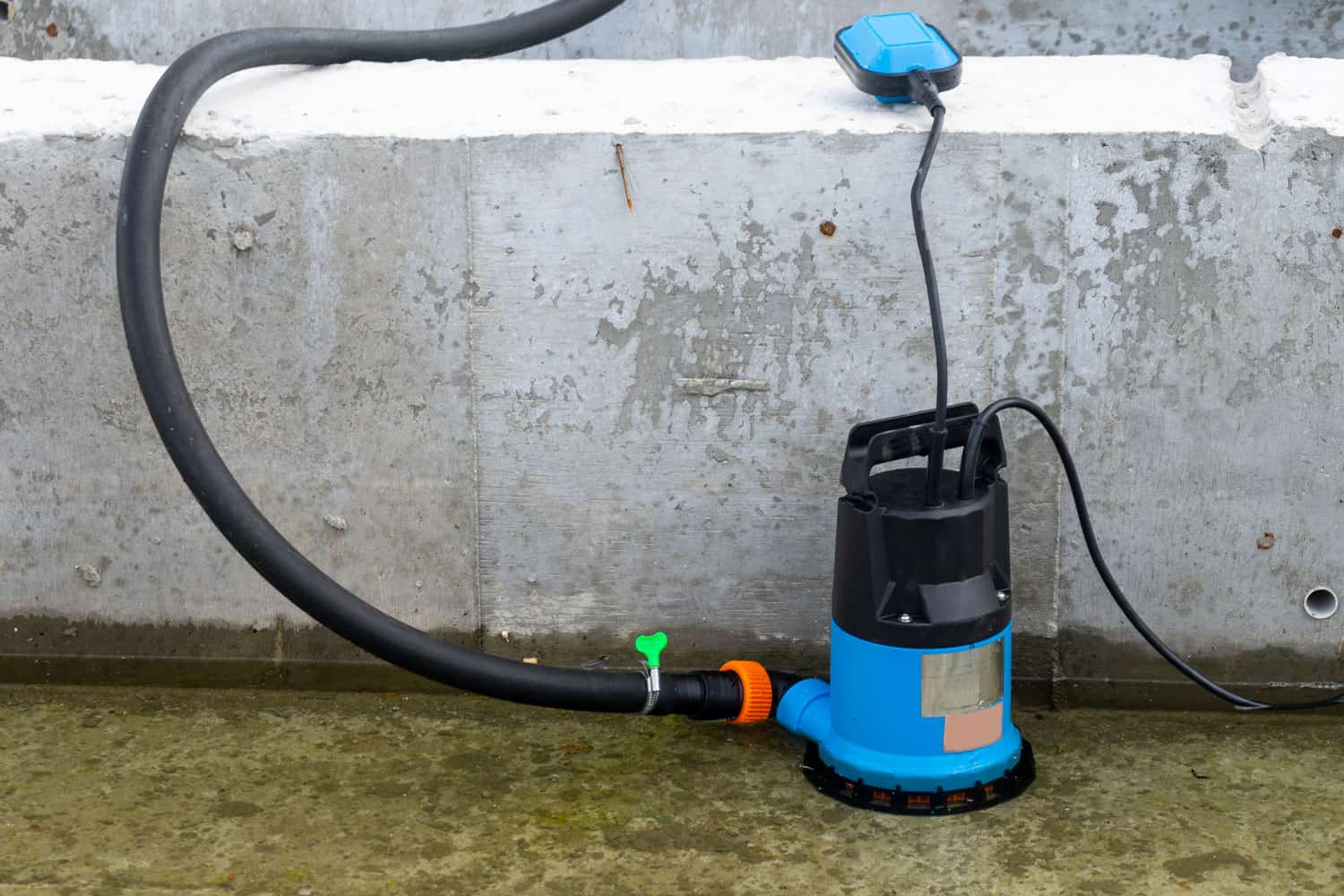Many homes are serviced by their own private well. Though owning a well may come with special challenges, it also means that you can have real control over your water quality! You may be wondering if your well pump has a filter. If it does you'll want to know if and when you need to replace it. We have thoroughly investigated this topic and have found some answers.
Though well pumps and filters are usually not a state-regulated part of the drinking well system, most water systems will have at least one filter. It is advisable to have a filter that collects the sediment in addition to a filter system that will treat the water going into your home. If the well is shallow, you may need to have multiple filters as shallower wells will have more sediment and a higher risk of contamination from other sources.
Your water delivery system can be as uniquely designed as your home. We'll discuss where you can expect to find the filter and how to replace it. Keep reading as we break down different filter types and how often you should change them.

Where Is The Filter Located On A Well Pump?
The water pump for a well can be located above ground, known as a jet pump, or below ground, which is known as a submersible pump. Though there are submersible pumps that now come with a built-in filter, the first filter should be located just before the pressure tank on most water systems.

This setup will extend the life of the tank and the following filtration systems. The depth of your well, possibilities for contamination, and soil quality are all factors that will determine how many filters, the type you'll need and where they are located.
Sediment Filter
When homeowners refer to water pump filters, they are most likely referring to the sediment pre-filter. This is the first step in the filtration system. It will ensure that silt and sediment stay out of your water system, which means a longer life for the rest of your water system.
These filters generally do not remove viruses or soften the water. This filter will typically be first in line, either covered outside or under the house in the crawl space or basement near the pressure tank. This tank can also be called a holding tank.
Click here to see a pre-filter filtration system for sediment on Amazon.
Water Softener
Depending on where your home is located, your home may need a water softener. This is a self-contained system constructed to remove compounds and treat water that may otherwise have a bad taste or odor.
These systems typically use salt or chlorine to treat the water. They can and are used in conjunction with the sediment filter and other filters used to disinfect the water supply. This filter is usually located inline on the main water line before it splits off into the various pipes servicing the home.
Click here to see a water softener that uses salt on Amazon.
Reverse Osmosis Filter
A reverse osmosis filter is used to actually treat the water. It will remove viruses and other harmful chemicals from the supply. This type of filter is recommended for shallow well systems as well as in areas where water quality may be questioned.
Many homeowners are opting to add this type of filter as a preemptive approach due to the growing issues with water quality in recent years. This reverse osmosis system goes under the kitchen sink to treat drinking water.
Click here to see an example of a reverse osmosis filter on Amazon.
Iron Filter
Though iron in the water does not normally cause a health threat, it can cause unsightly stains in your bathroom fixtures and sinks. It can also affect the taste of the water. You may choose to combat these issues by installing what is called a water conditioner or iron filter.
This filter can be a combination filter that treats sediment and iron, in which case it would be first in the line of filters after the pump or a stand-alone conditioner system. Like the water softener, this is installed inline after the sediment filter, usually before any water softeners or treatment systems.
UV Filter
A UV filter is a system that treats well water with UV light. This treatment is good for shallow systems and areas where you may suspect chemical contamination. Like reverse osmosis, the UV light will also remove viruses and harmful bacteria.
It is important to note that with a UV system, you would still need at least a sediment filter and possibly a water softener as UV light does not remove solids such as hard minerals and sediment. This type of filter usually lasts in line in the system on the main water line before it splits off to the rest of your home, as it is a final treatment for your well water.
This filter system combines UV, descaling agents, and a carbon filter to remove sediment and sanitize the water.
Click here to see an example of a complete filtration system for well water on Amazon.
How Often Do You Change A Well Pump Filter?

How often you change the filter on your well water system will depend on a few different factors. Mainly how much sediment is in your well, how deep your well is, and how much water is running through the filters daily.
The sediment filter, since it is the first step in filtering, may need to be changed more often than the other filters in your system. The range of time varies widely from monthly for systems that are in areas of heavy sediment to eight months for deeper wells in areas where the water runs clearer.
How Do You Know When To Change Your Well Water Filter?
If you have a professional install your system, they should be familiar with the area and the well pump and system they have installed. They will be able to advise you how often your filter may need to be changed in your area. A common sign that your well water filter needs to be changed is that the pressure goes down in the house. Any significant pressure changes should lead you to inspect your filters.
Additionally, it's a good idea to test your water frequently to monitor for quality issues. A change in quality could signify that you need to change a filter.
How Long Do Well Filters Last?
There is not a specific time frame on how long your filter will last. It will depend on the materials used to filter as well the area that your well is located in.
It is not recommended to wait until the end of your filter's life to change it, as there can be complications from algae and silt build-up before the filter has actually gone out. Whole-home filters can last a year to 3 years. They will last longer if they are protected by a sediment prefilter system.
How Do You Change A Well Water Filter?
The sediment filter, the most standard filter you'll have, can be changed yourself. No need for professional services! Note the filter type and size before purchasing a replacement. Though filters come in different sizes and types, sediment filters can be changed following these basic steps:
- Turn off water to the filter.
- Run inside facets or outside spigots until pressure relieves.
- Place a bucket under the filter to catch excess water.
- Remove the filter cartridge by twisting to the left or counterclockwise.
- Remove the old filter and replace it with the new filter.
- Place the cartridge in the cap and screw clockwise or to the right.
This video illustrates how most standard sediment filters are changed. Whether they are located in your basement, crawl space, or their own outside housing, the position on the line is usually the same.
Most filters will come with a filter wrench or removal tool. If you do not have one available, they are easily found in your local home improvement store or online.
Click here to see an example of a tool used to replace a water filter on Amazon.
Does A Well Pump Need A Filter?
In years passed, it may not have been necessary to use a filter. Now with concerns about water quality and pollution, filters are a good idea. You can sanitize well water by boiling it, but this process would not remove the sediment. We recommend having at least a sediment filter on your well system as it can greatly extend the life of the other parts and pipes.
Test Your Well Water Quality Regularly
Now that you know that your well pump should have at least one filter and may have multiple filters in the water system, be sure to test your water regularly. Test once a year and any time there has been a disturbance like flooding or groundwork done in the area. Regular checks and inspections can help ensure you have the right filter system and your water will stay safe for years to come.
You may also be interested in the following:





